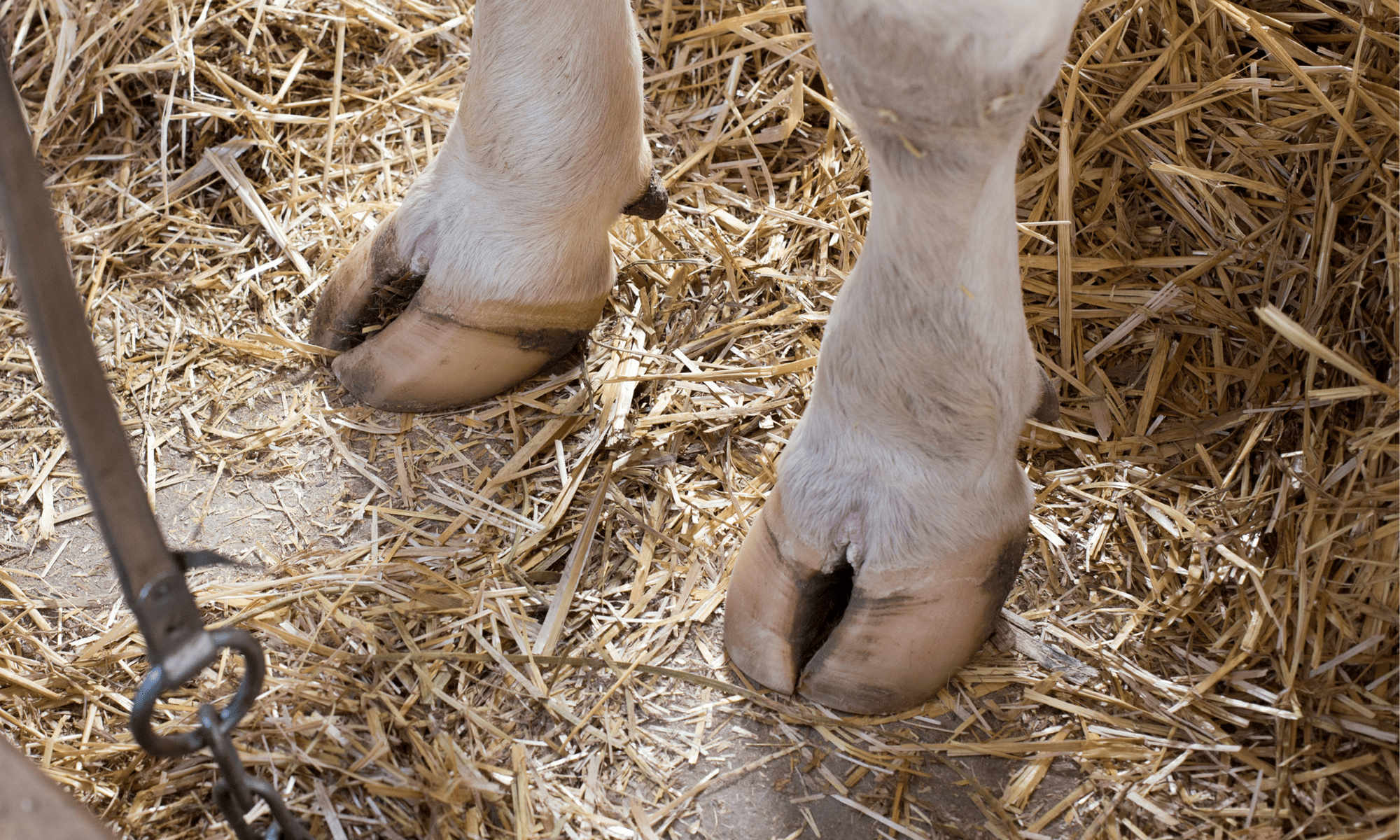
Check out today’s article authored by Arup Ratan Sen for the Annual American Dairy Science Association meeting held virtually last month. Arup is a graduate student in Animal Science under the mentorship of Dr. Elizabeth Eckelkamp. He received his DVM and M.S. in Dairy Science from Chittagong Veterinary and Animal Sciences University in his hometown of Chittagong, Bangladesh. Chittagong is a city located on the southeastern coast of Bangladesh.
Animal Health joint with NMC Symposium review
By Arup Ratan Sen
The transition period is one of the most critical periods in a dairy cow’s life. Researches presented in this year’s Animal Health joint with NMC Symposium at American Dairy Science Association Annual Meeting reviewed different management strategies to improve dairy cows’ health and production during the transition period. Researchers from Kansas State University reviewed the effect of reducing dietary cation-anion difference (DCAD) of diet on the postpartum health of dairy cows. Feeding acidogenic diets prepartum was reported to reduce disease incidence postpartum, as well as increase dry matter intake and milk yield. Feeding an acidogenic diet to nulliparous cows had neither benefits nor detrimental effects as reviewed by the researcher. However, they reported that prolong exposure (i.e. 42 days prepartum) to an acidogenic diet could reduce milk yield and reproductive performance. Supplementation of rumen-protected choline could help to improve milk yield and fatty acid metabolism by the liver during the transition period. In another study, a researcher from Cornell University reviewed the effect of starch, neutral detergent fiber (NDF), protein, specific fatty acids, and dietary supplements on transition cow health. Physically effective NDF with a high starch diet could potentially reduce the risk of subacute ruminal acidosis postpartum. Supplementing rumen-undegradable protein could help to balance the availability of amino acids in the body. This study also addressed the benefits of including choline, methionine, biotin, monensin, and several other supplements in the transition cow diet. Researchers from Michigan State University stressed the importance of prevention and management of mastitis during early lactation in regards to udder health and herd profitability. Mastitis during early lactation could be the result of persistent chronic infection acquired during the preceding dry period or new infection caused by environmental pathogens. While prevention strategies were proposed to be the best way of controlling mastitis, interventions such as culling or use of antibiotics were also suggested for reducing mastitis prevalence in the herd. Similarly, researchers from the University of Sydney suggested that selective dry cow therapy (SDCT) could help to identify mastitis-affected cow or udder during the dry period and reduce the use of antibiotic to only those who are affected. However, they also advised the proper implementation of SDCT to avoid its negative impact on udder health postpartum. As suggested by the presenting researcher, the success of the SDCT program was dependent upon ensuring appropriate program selection for a specific farm with the help of a milk quality expert, a valid screening test, and continuous monitoring of the problems by the milk quality expert. Arup Ratan Sen is from Bangladesh. He is currently a Master’s student at the University of Tennessee under the mentorship of Dr. Elizabeth Eckelkamp, focusing on producers’ perception of farm management that impacts their permanency in the dairy industry.
